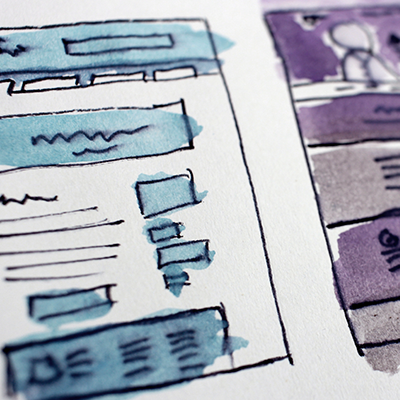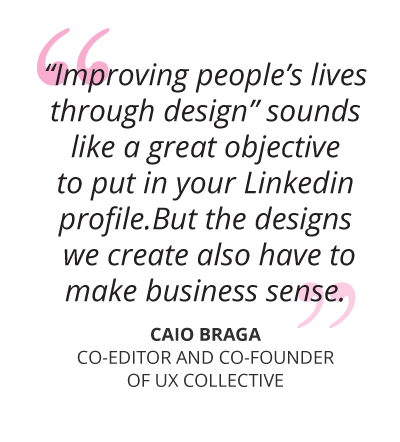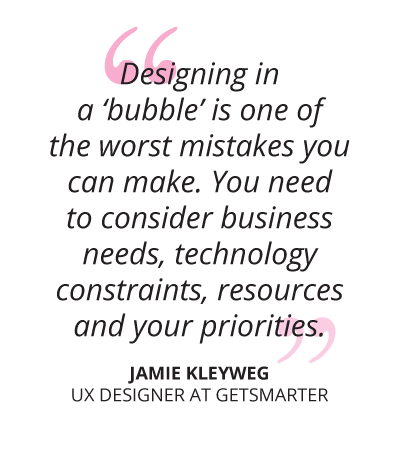The Relevance of UX Design

User Experience (UX) Design allows users to interact with products or service offerings in a meaningful way through innovative design. The flux of this career path means it’s ever-adapting to the needs of users and the advances in technology.
In 2012, CNN Money listed UX Design on its list of the Best jobs in America, with an estimated 10-year job growth of 22%.1 Even now, the growth rate of this industry doesn’t seem to be slowing down.
Jamie Kleyweg, UX Designer at GetSmarter, provides insight into this phenomenon, “as technology increasingly serves us in many aspects of our lives, the ease with which a user can achieve their objectives through technology becomes increasingly relevant.”
The science of communication has evolved
As users become accustomed to better design experiences, the business sense for making UX Design a functional component of a communication strategy has become more imperative. The future of UX Design is going to be more specialised, instead of the jack-of-all trades position that it currently occupies.2
A user’s experience is based on a feeling, this is hard to translate into a concrete concept.3 UX Design is the glue behind making the product or service a memorable experience for the user. It has evolved from being the beautiful wrapping on a gift to being part and parcel of the gift-receiving experience.

Business intuitive
The business strategy for UX Design becomes apparent when we understand feedback from users on products and services. This focus is on the emotional experience of the user on the platform. Emotional quotient (EQ) has been used in business strategies for a long time as emotions allow users to create meaningful relationships to products or services.
UX Design leverages on the EQ dynamics of trust and communication, and this relies heavily on a collaborative approach to data streams.4 UX Designers need to marry creativity and business intuition to provide a solution that is feasible for all.
UX Design by its very nature, is design for humans;5 the integration of EQ in electronics has reached almost science fiction levels. Amazon created Echo in 2014, which was then named Alexa, an artificial intelligence (AI) device that can assist the user in their household by providing access to information through voice activation.6

Customising UX
UX is already present in almost every interaction we have in the modern world. Technology allows people to connect and integrate with each other on an unprecedented level, where even low income users mostly use and have mobiles to stay connected. Statistically, Google released an infographic titled, The New Multi-screen World: Understanding Cross-platform Consumer Behavior, where 38% of our daily interactions are on smartphones.7
Clearly, mobile responsiveness can make or break a user’s desire to connect with a company. Statistica, an agency that collates statistics from over 22,500 sources, states that the number of smartphone users worldwide by 2017 was estimated to be approximately 2.32 billion.8
At GetSmarter, understanding the need for this user segment is evident in the work that Jamie Kleyweg is working on. His project is an educational discussion forum, the task is to make it easier for students to interact and participate, and the most important outcome, is for this to be accessible by mobile users.
The demand for UX Designers
Users need more from their environments and the technology that they use. This demand is the reason why UX Design has transformed the digital skills path and businesses.
There are always pitfalls to the UX Design process, but to ensure that it stays on track there are three rules Jamie Kleyweg follows:
- Ensure that you understand the people and technology that you are designing for.
- Work closely with a web developer, they can provide valuable information on technology constraints while you design.
- Keep in mind the overall outcome you need to achieve. UX is data driven and designs need testing, use this feedback to improve your platform.
UX Design can be unbundled into one simple principle – communication is based on trust. A holistic perspective is necessary for designing and developing a successful, interpersonal interface for communication and business.
Do you want to learn new skills?
Improve your UX Design knowledge with a short course.
